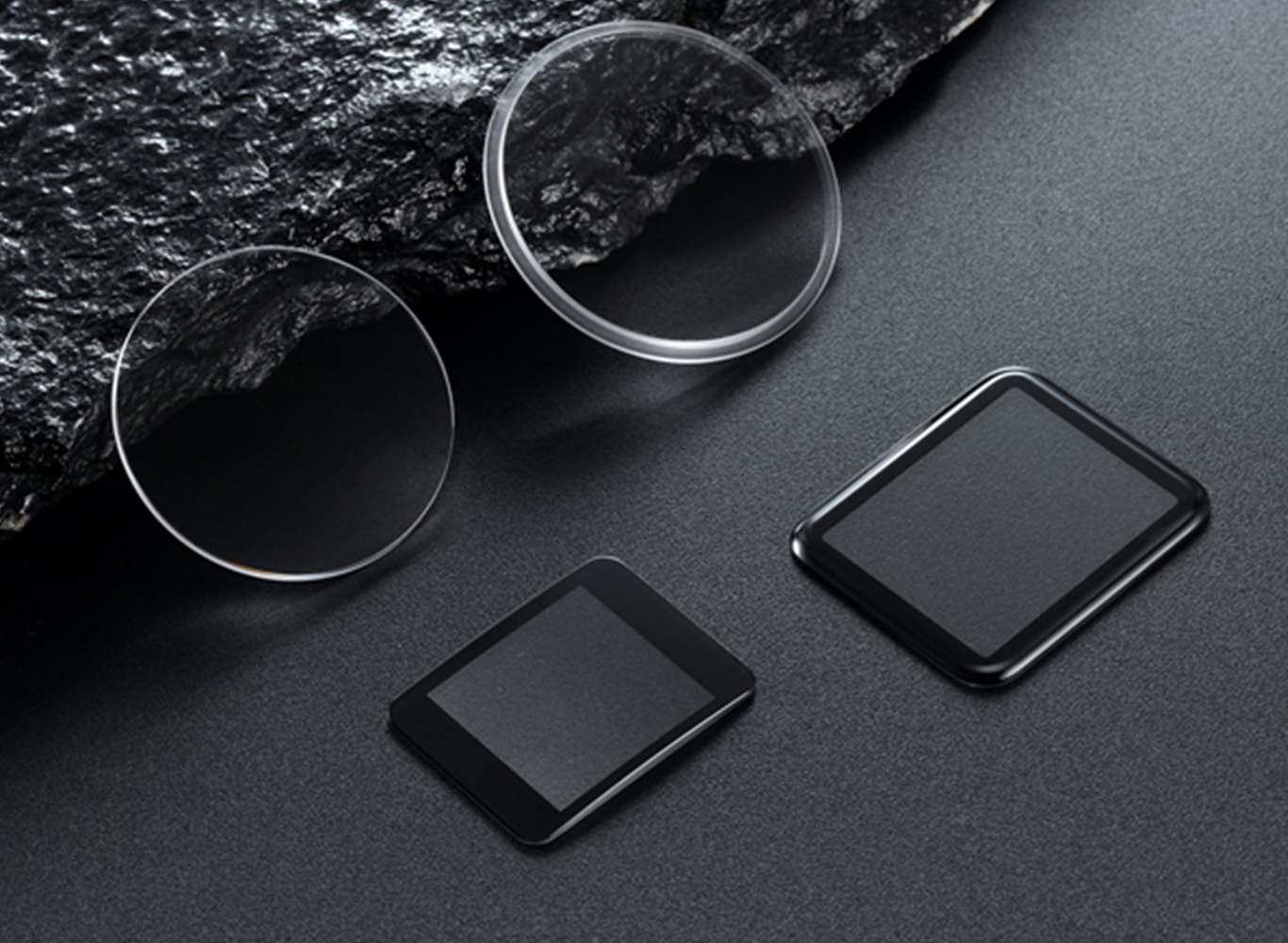

Time:2025-09-30
Sapphire high-strength glass is often used as an auxiliary material for products, and with its unique physical and chemical properties, it has demonstrated application value in multiple fields. This material is mainly composed of aluminum oxide (Al ? O3) and is made into a single crystal structure through crystal growth technology. Its Mohs hardness reaches level 9, and it has excellent optical transmittance (80% -90%), high temperature resistance (melting point 2050 ℃), and corrosion resistance. These characteristics make it a material for key components such as radar windows, optoelectronic windows, three in one windows, and optoelectronic pod windows.
Sapphire glass is also widely used in the field of optoelectronics. The output window of industrial laser equipment needs to withstand continuous high-power laser beam irradiation. The damage threshold of sapphire material at 1064nm wavelength can reach 15J/cm ², which is more than 20 times that of ordinary optical glass. The plasma observation window in semiconductor manufacturing equipment adopts a sapphire mirror with a diameter of 200-300mm, which can withstand corrosive gas erosion while maintaining stable optical performance. In environmental monitoring equipment, deep-sea detectors use sapphire pressure resistant windows with a thickness of 30mm, which can maintain structural integrity in deep trenches and provide clear observation channels for underwater cameras.

With the advancement of preparation technology, sapphire high-strength glass is developing towards larger sizes and composite functions. The diameter of sapphire crystals grown by temperature gradient method (TGT) has reached 450mm, meeting the requirements of the new generation of optoelectronic systems. The breakthrough in surface coating technology enables the multifunctional integration of sapphire windows, such as the simultaneous integration of visible light anti reflection film (400-700nm), laser protection film (1064nm), and radar wave transmission film (Ka band) in optoelectronic pods. Nanoimprint technology can also create anti reflective microstructures on sapphire surfaces, increasing their transmittance to over 98% over a wide spectral range.
The innovation of material composite technology has expanded the application boundaries of sapphire. The sapphire diamond composite window is grown on a sapphire substrate using chemical vapor deposition (CVD) to increase the thermal conductivity to 2000W/(m · K), making it suitable for high-power laser weapon systems. The gradient connection technology between sapphire and silicon carbide has solved the problem of thermal stress matching in heterogeneous materials, and the development of flexible sapphire films has enabled the application of 100 μ m thick flexible sapphire in wearable optoelectronic devices.
In the consumer field, sapphire high-strength glass is undergoing popularization and development. After using sapphire material for the protective cover of the smartphone camera, the scratch rate is reduced and the light transmittance is increased compared to ordinary glass. After upgrading the surface glass of the smartwatch to sapphire, the Mohs hardness test shows an improvement in its scratch resistance performance. As costs decrease, sapphire is beginning to enter the automotive industry for the production of projection screens.
Sapphire high-strength glass, as a key functional material, continues to expand in both breadth and depth of application. From industrial equipment to consumer electronics, this' transparent armor 'is playing a role. With the collaborative innovation of material design, preparation process, and application technology, sapphire glass will provide a solid material foundation for the development of modern technology.
Tel
Mobile phone
Customer service
TOP